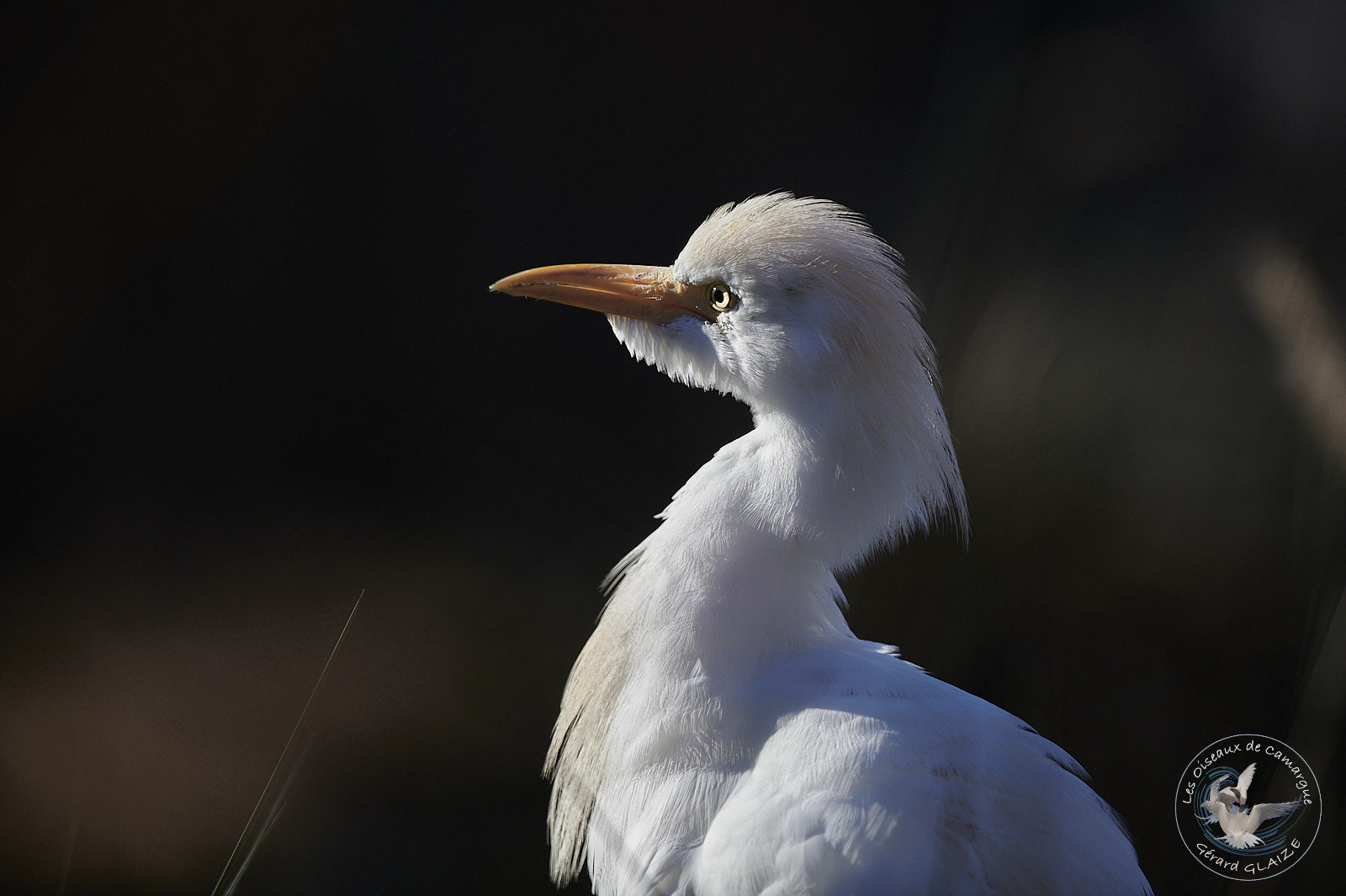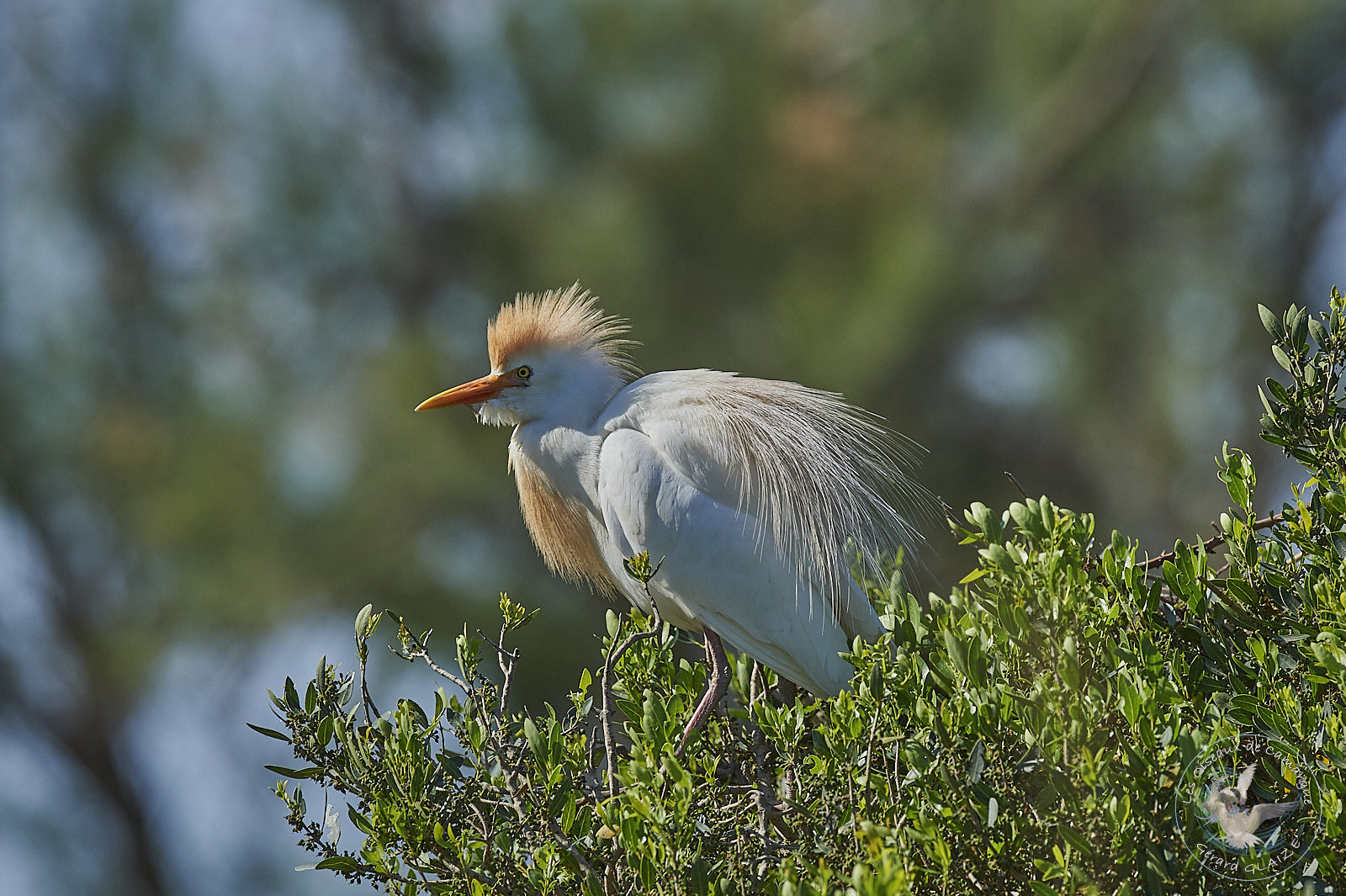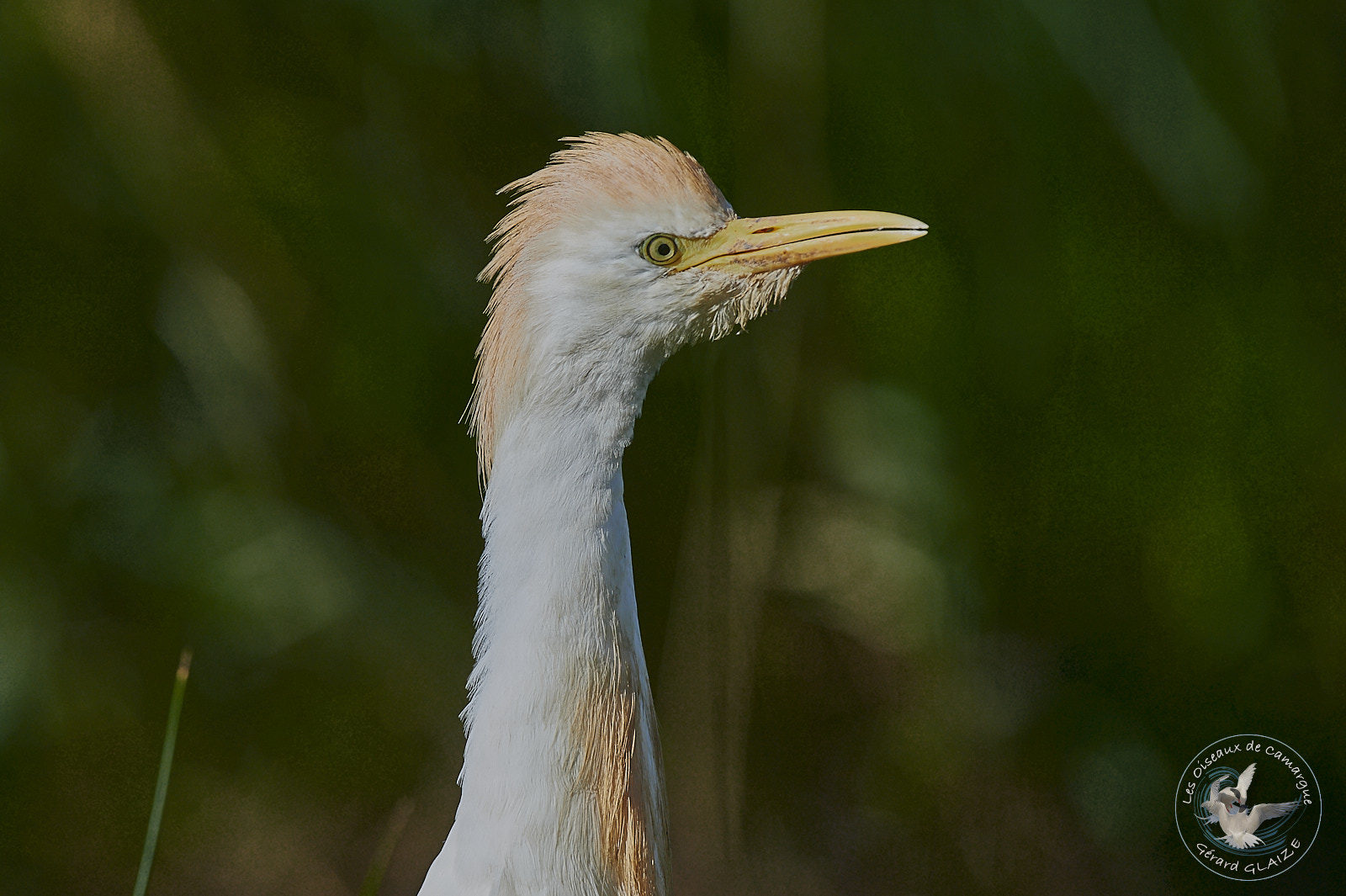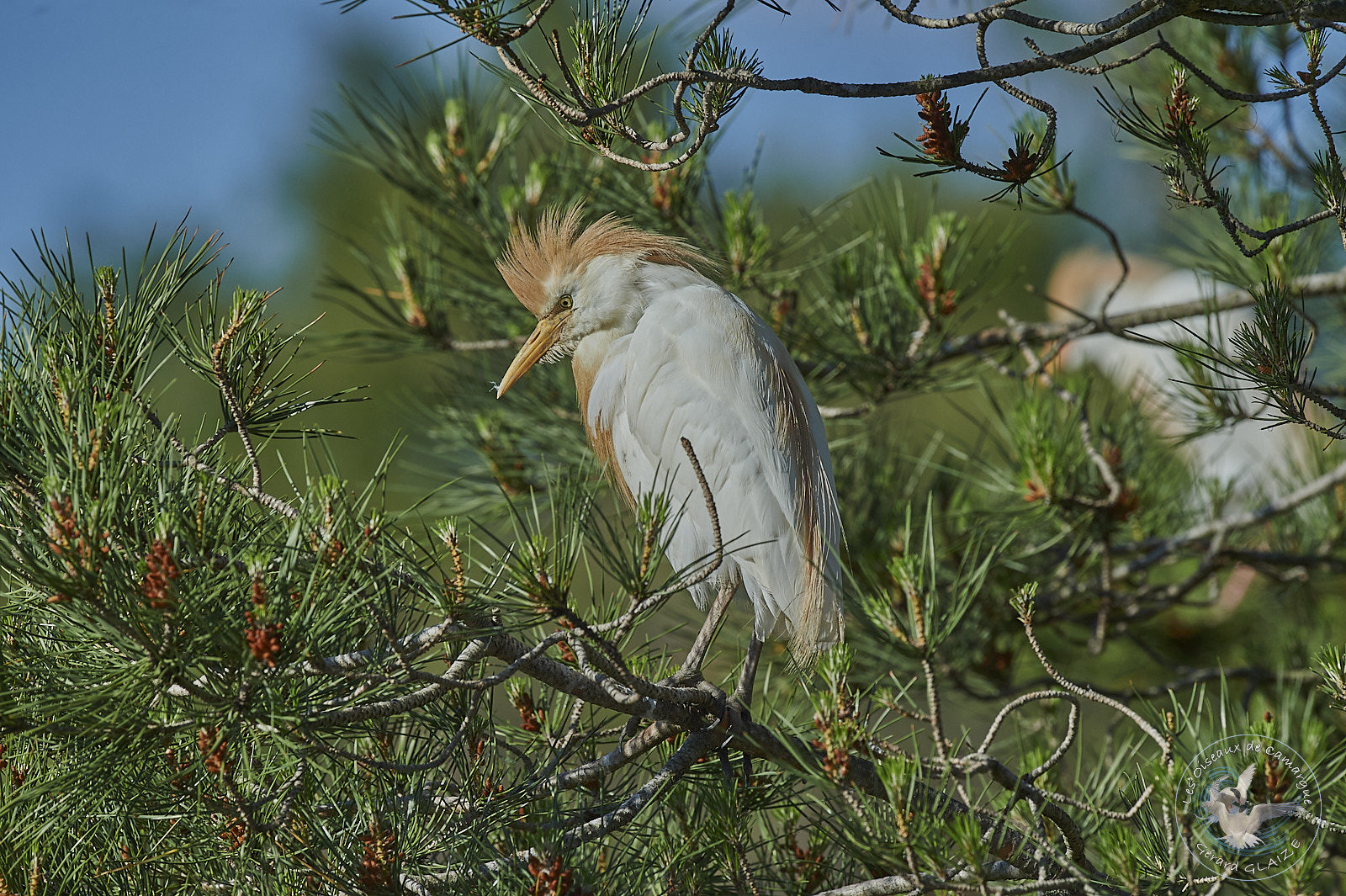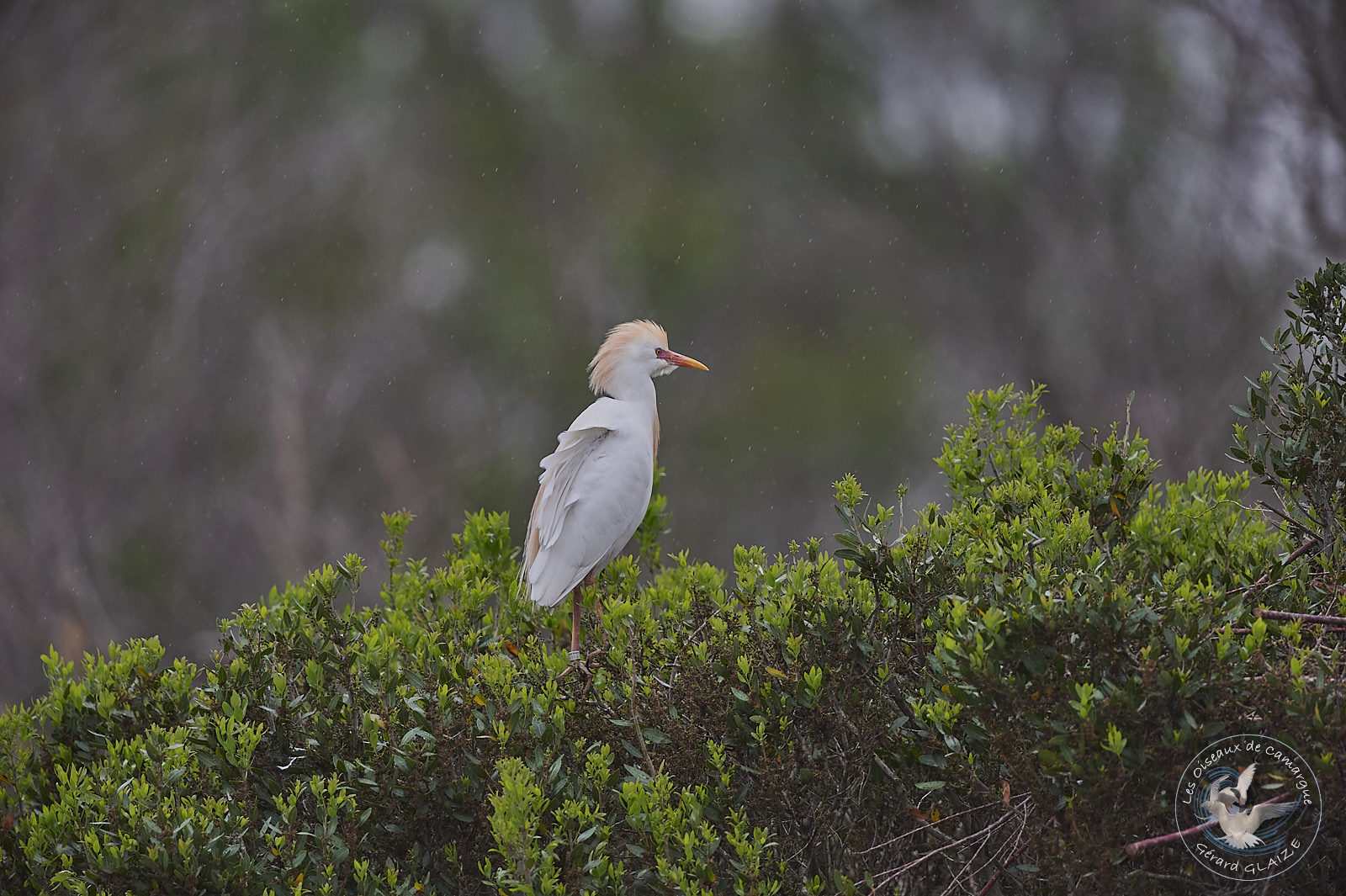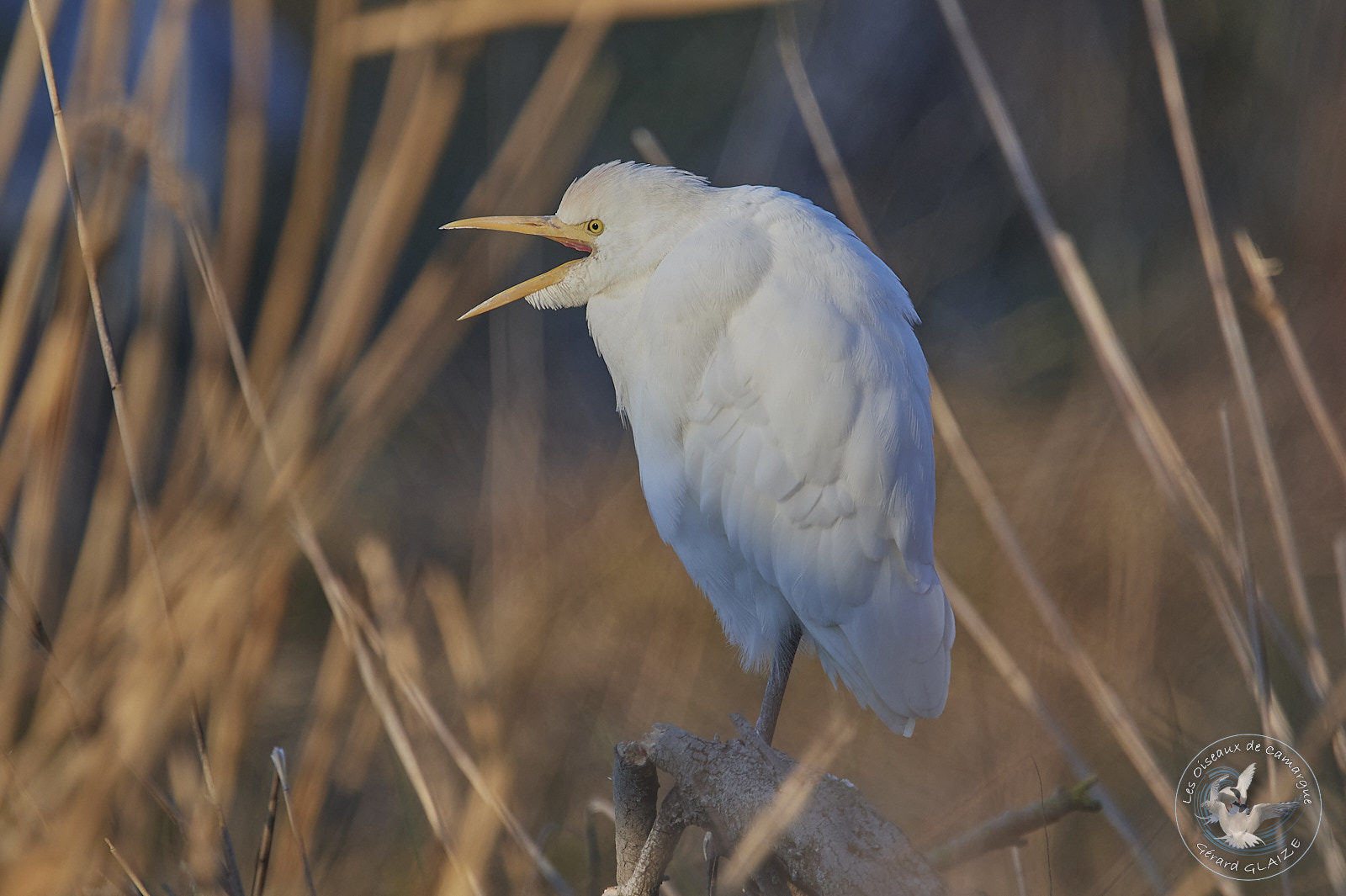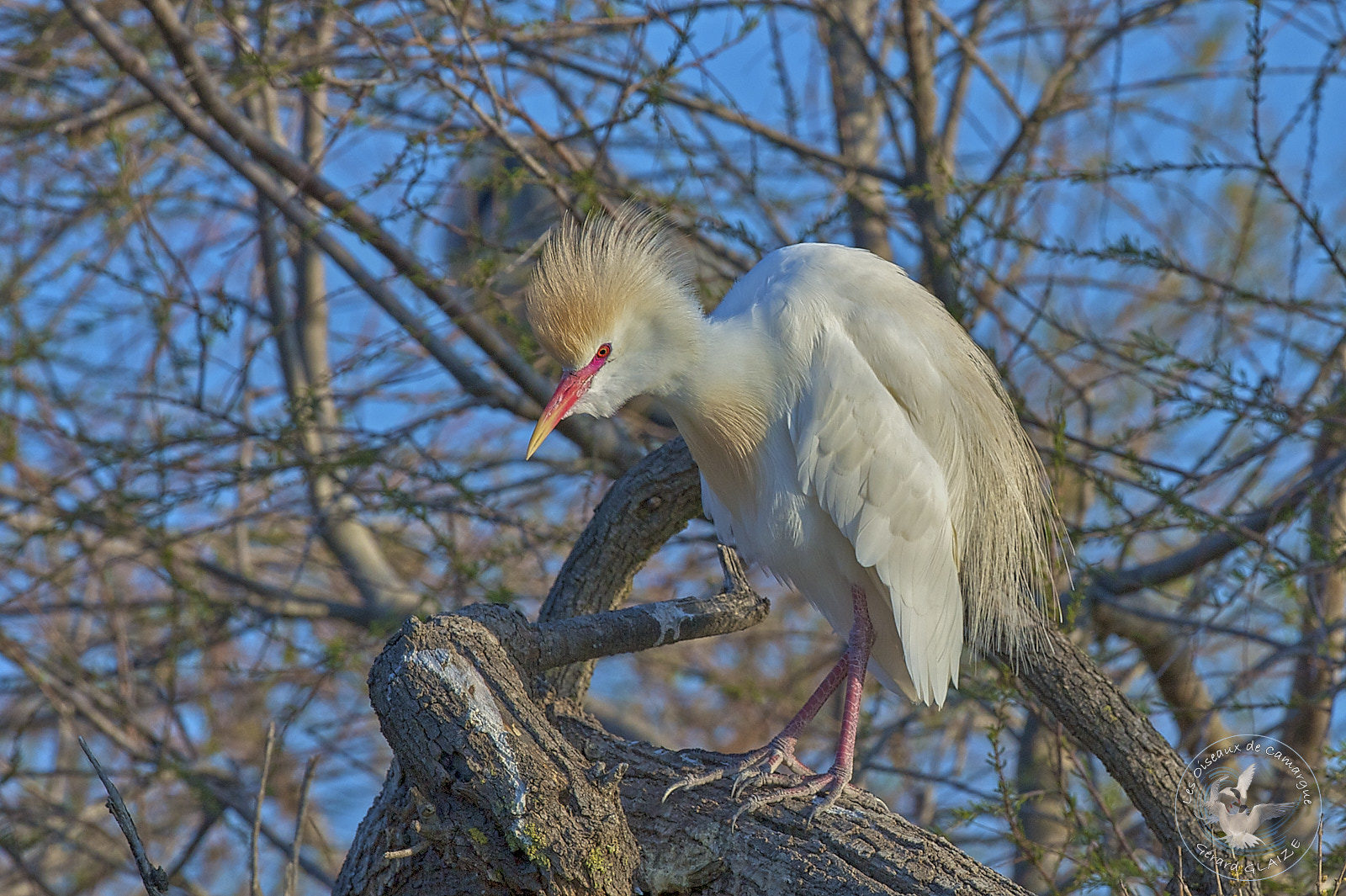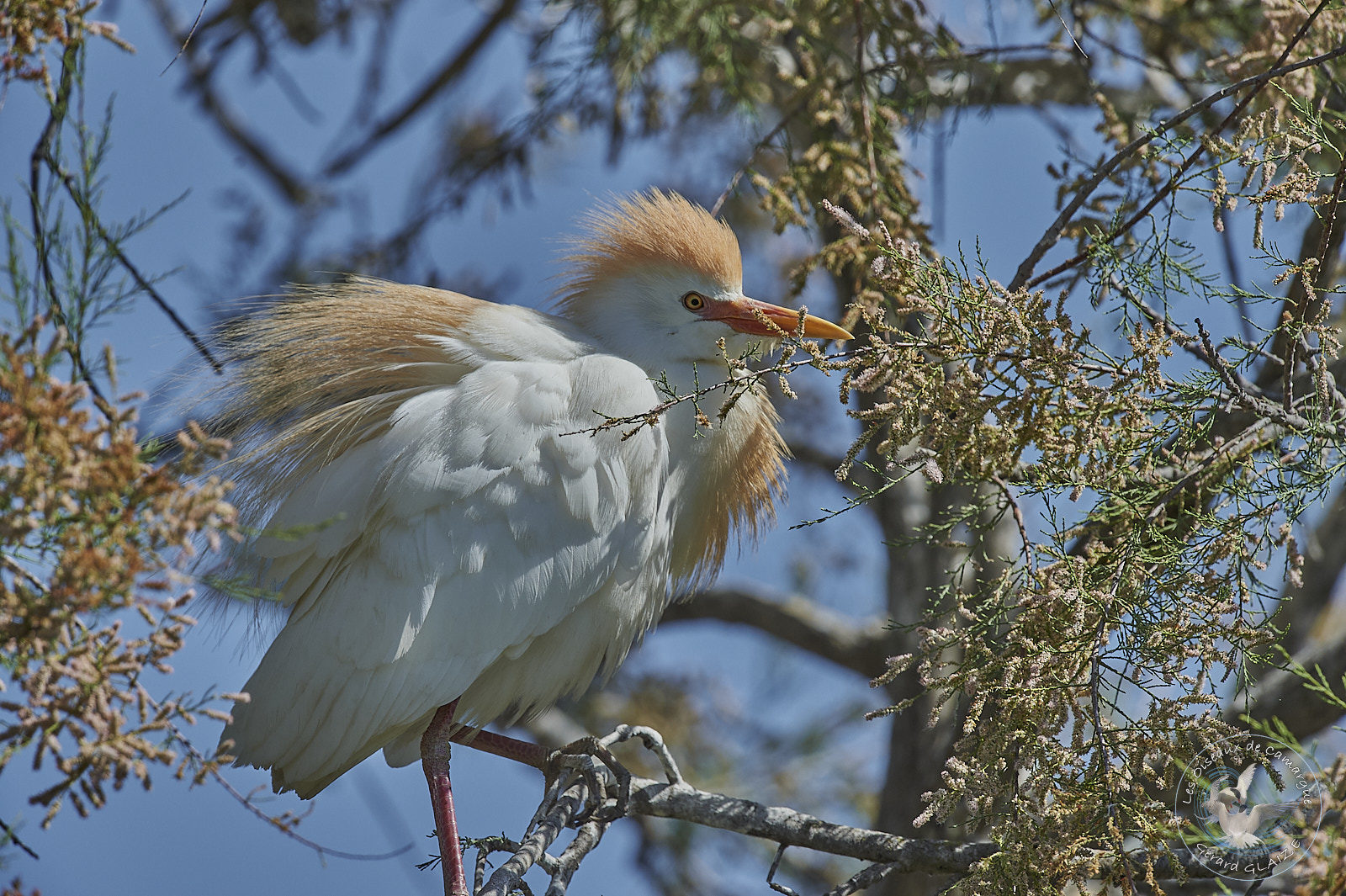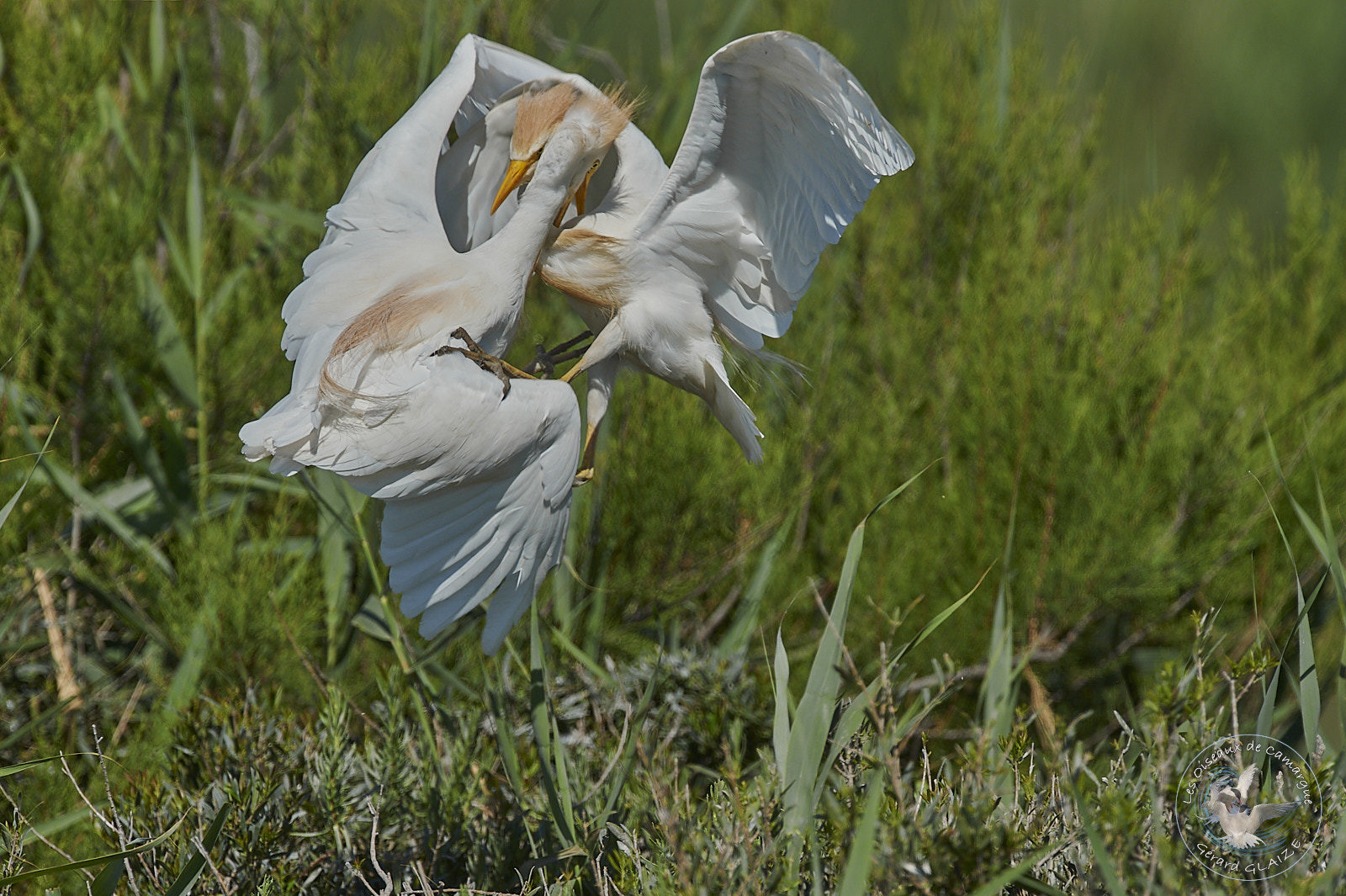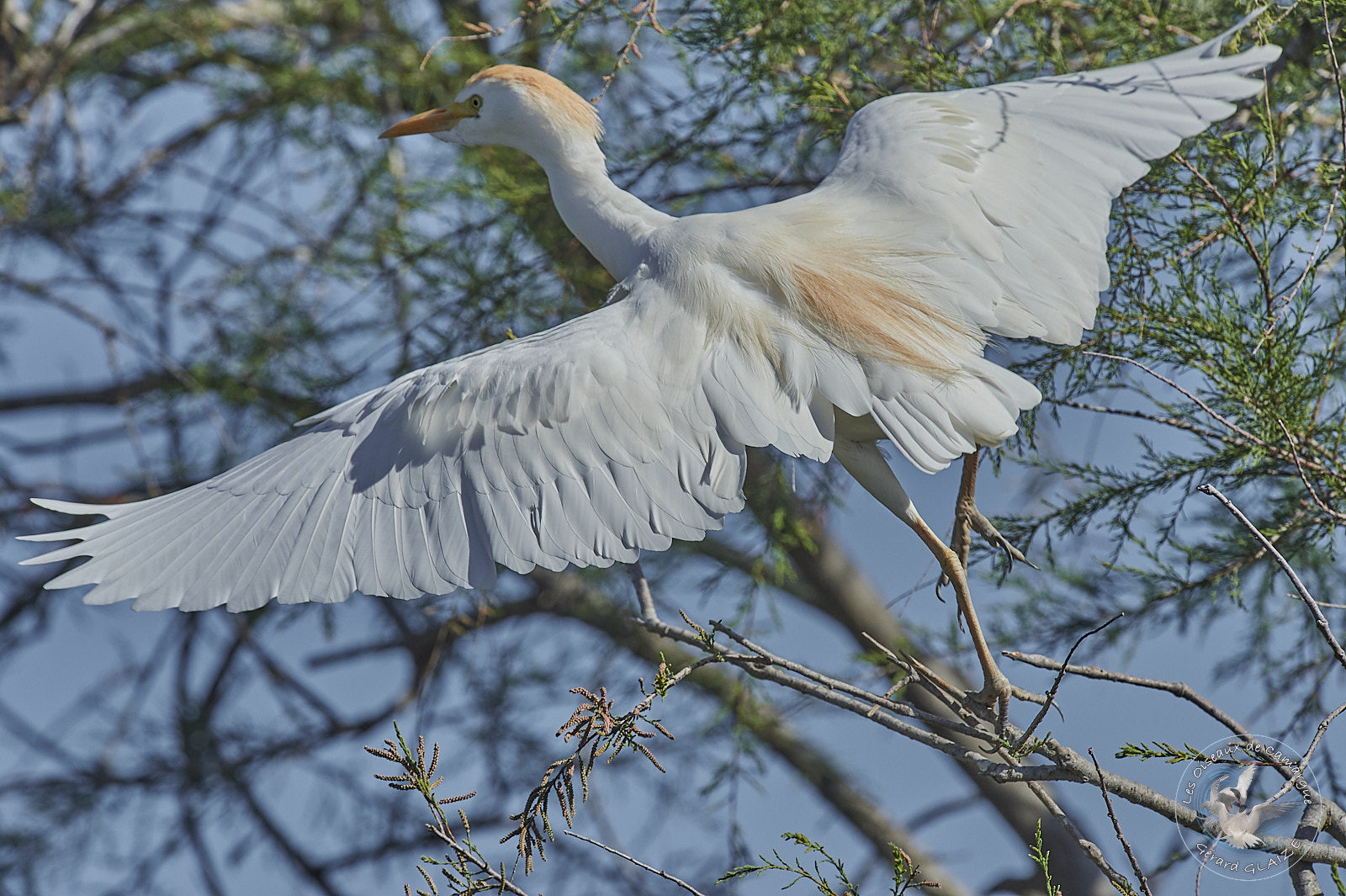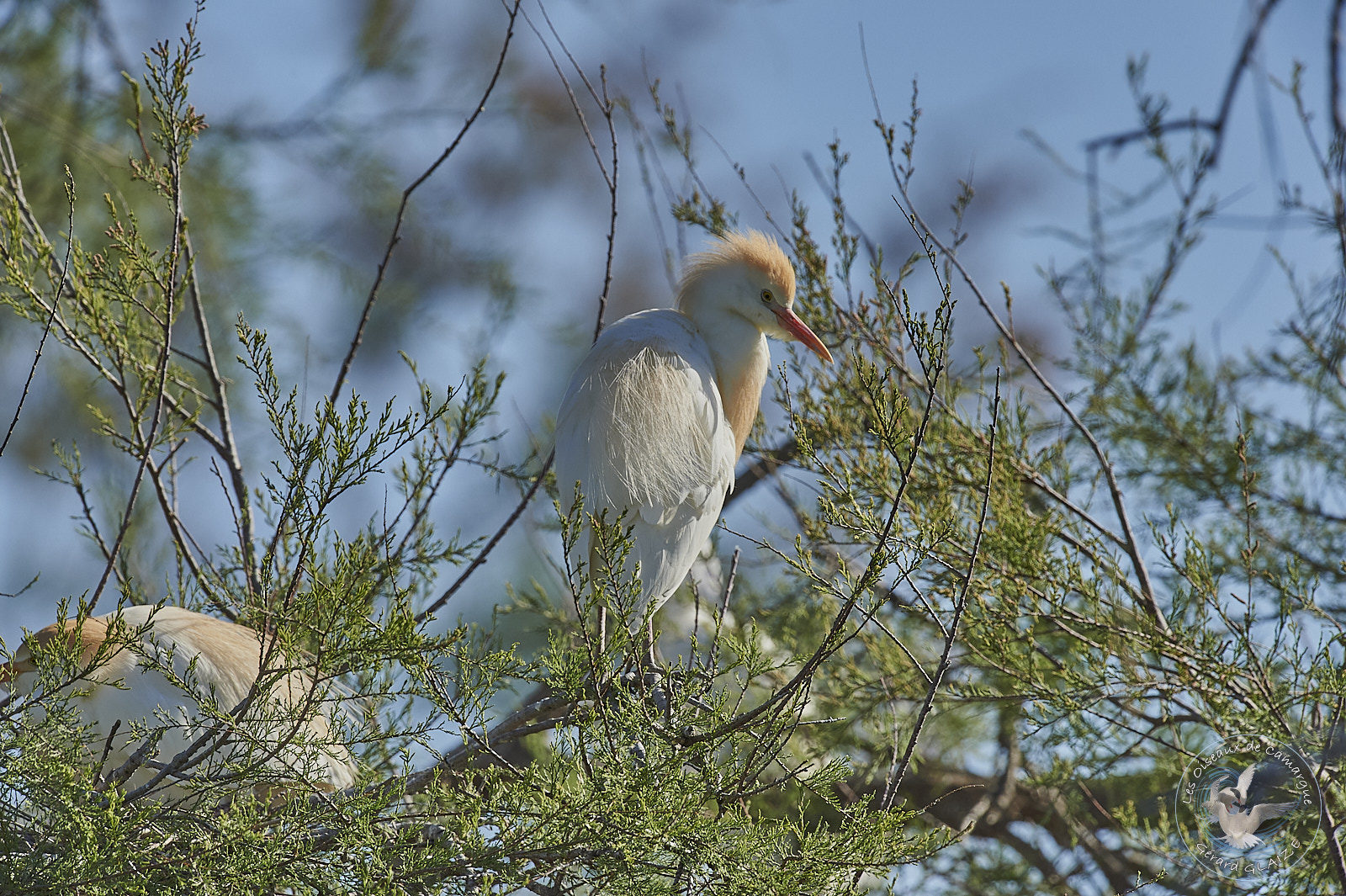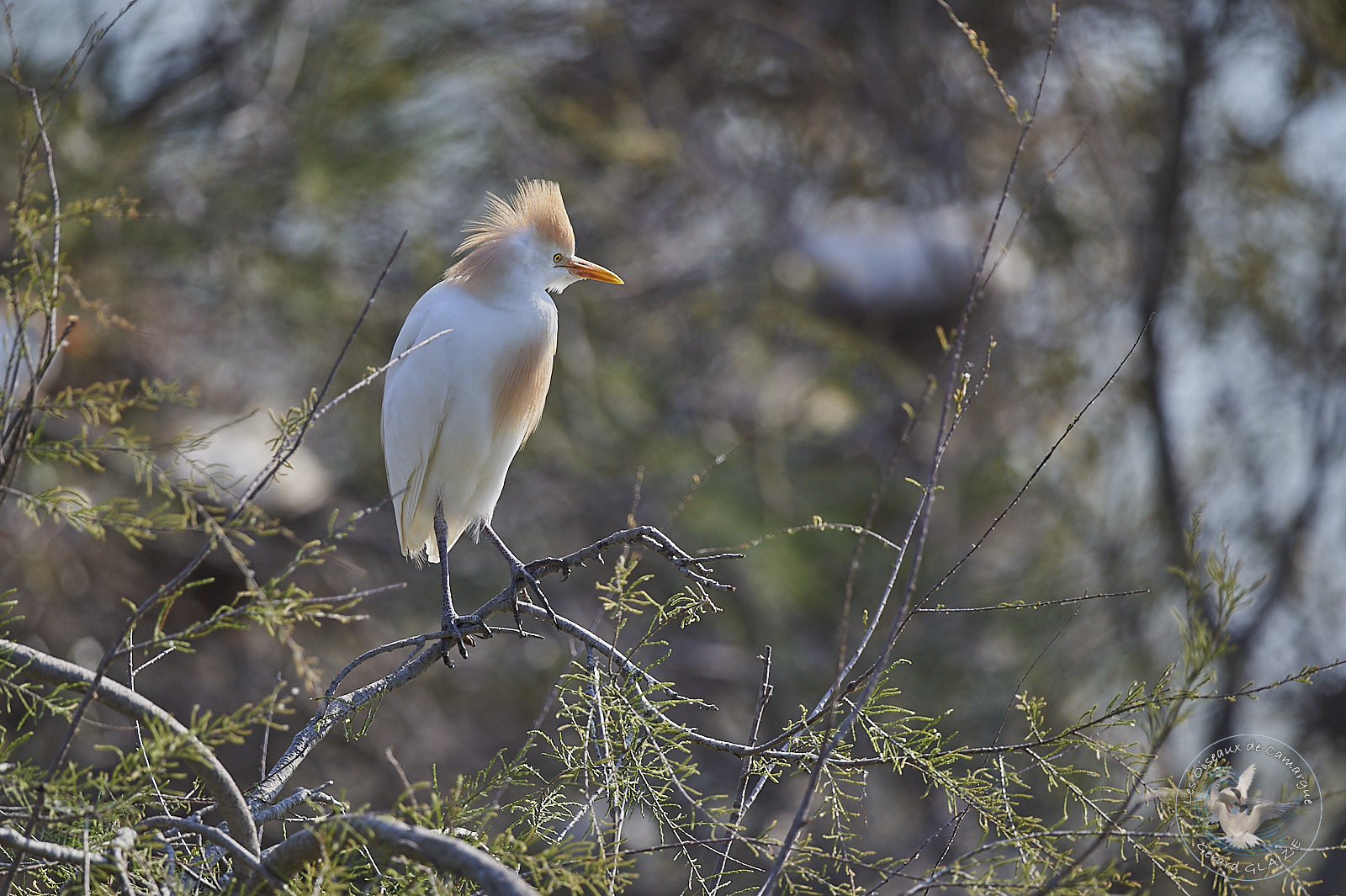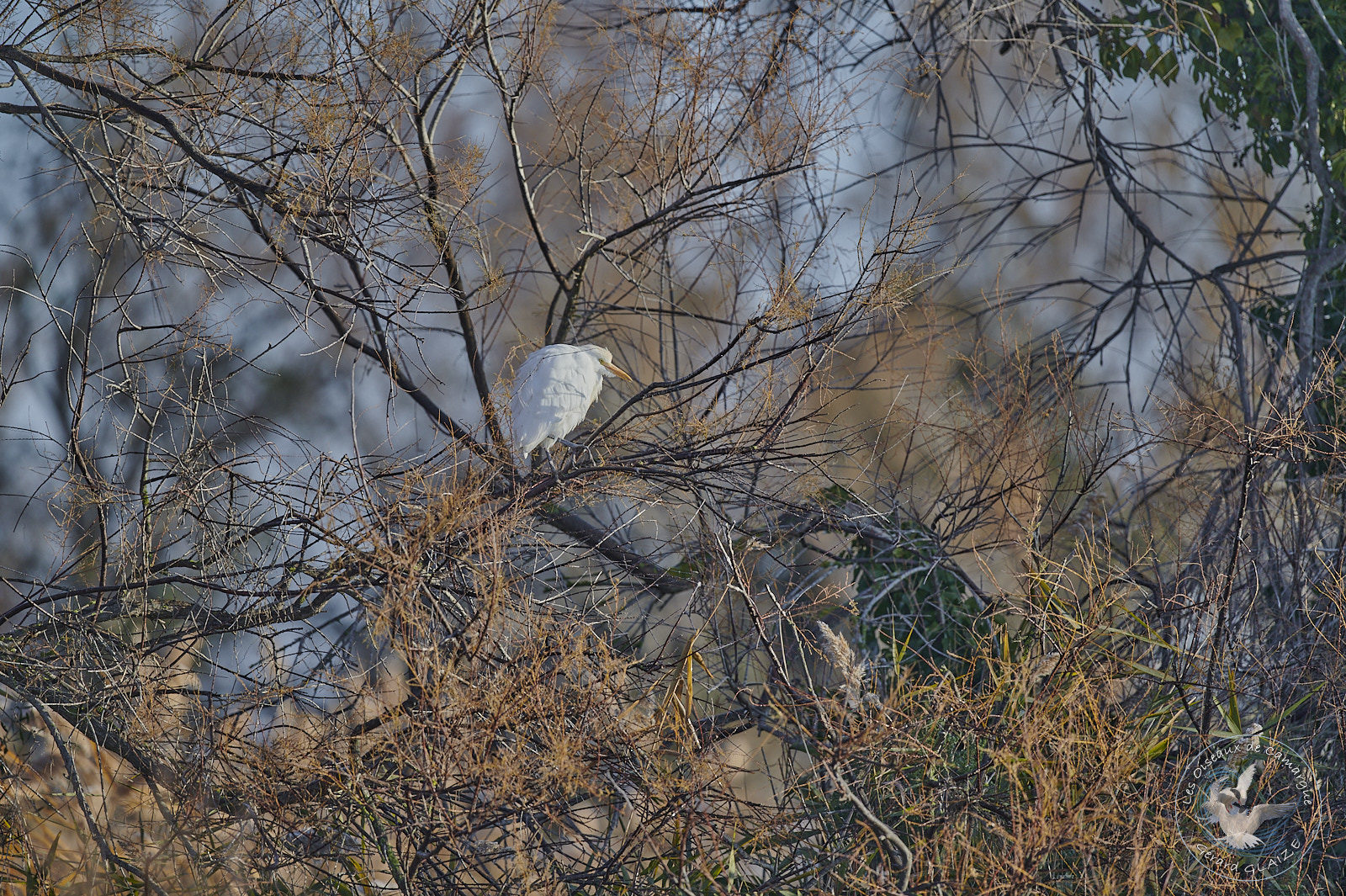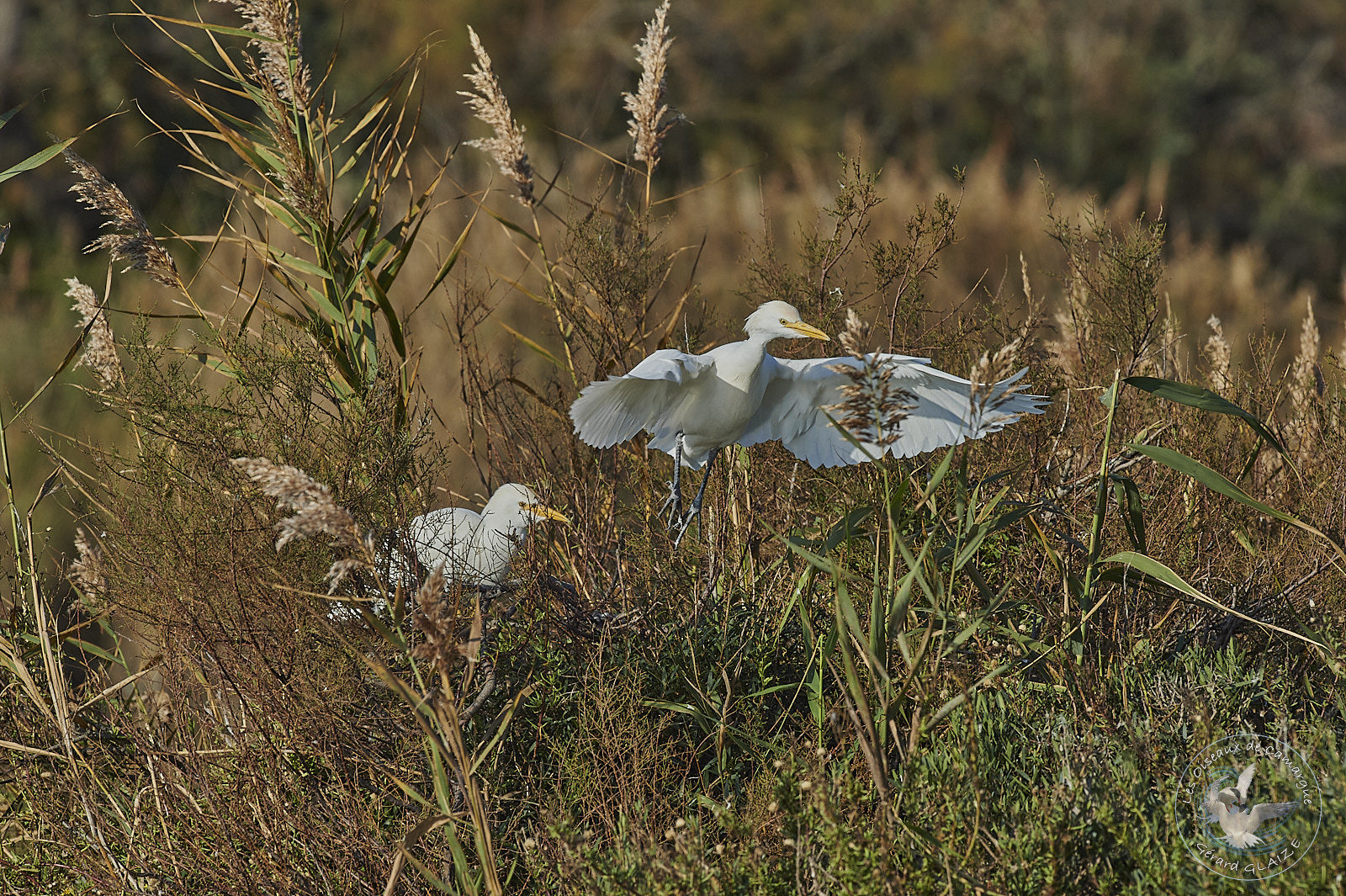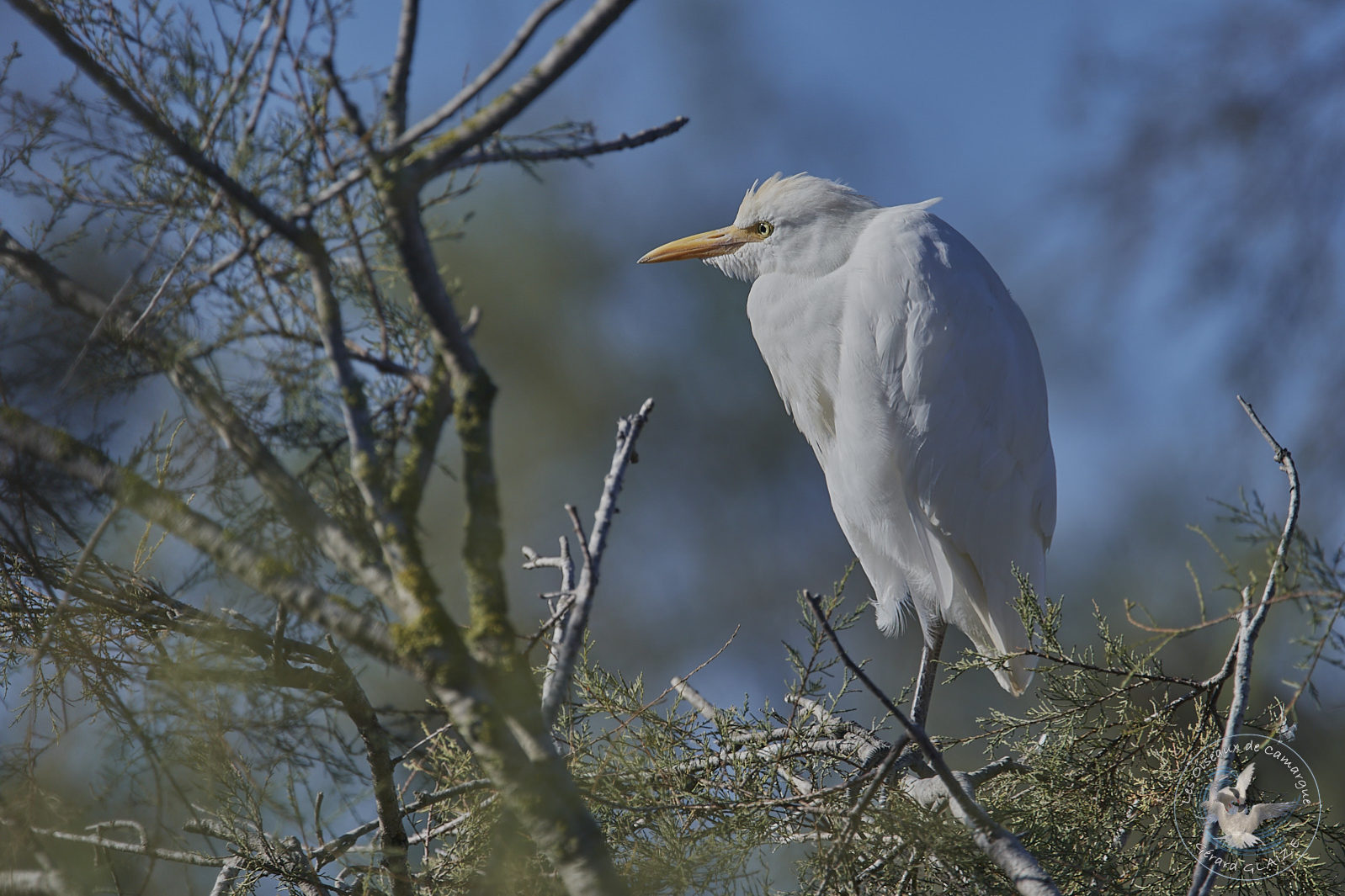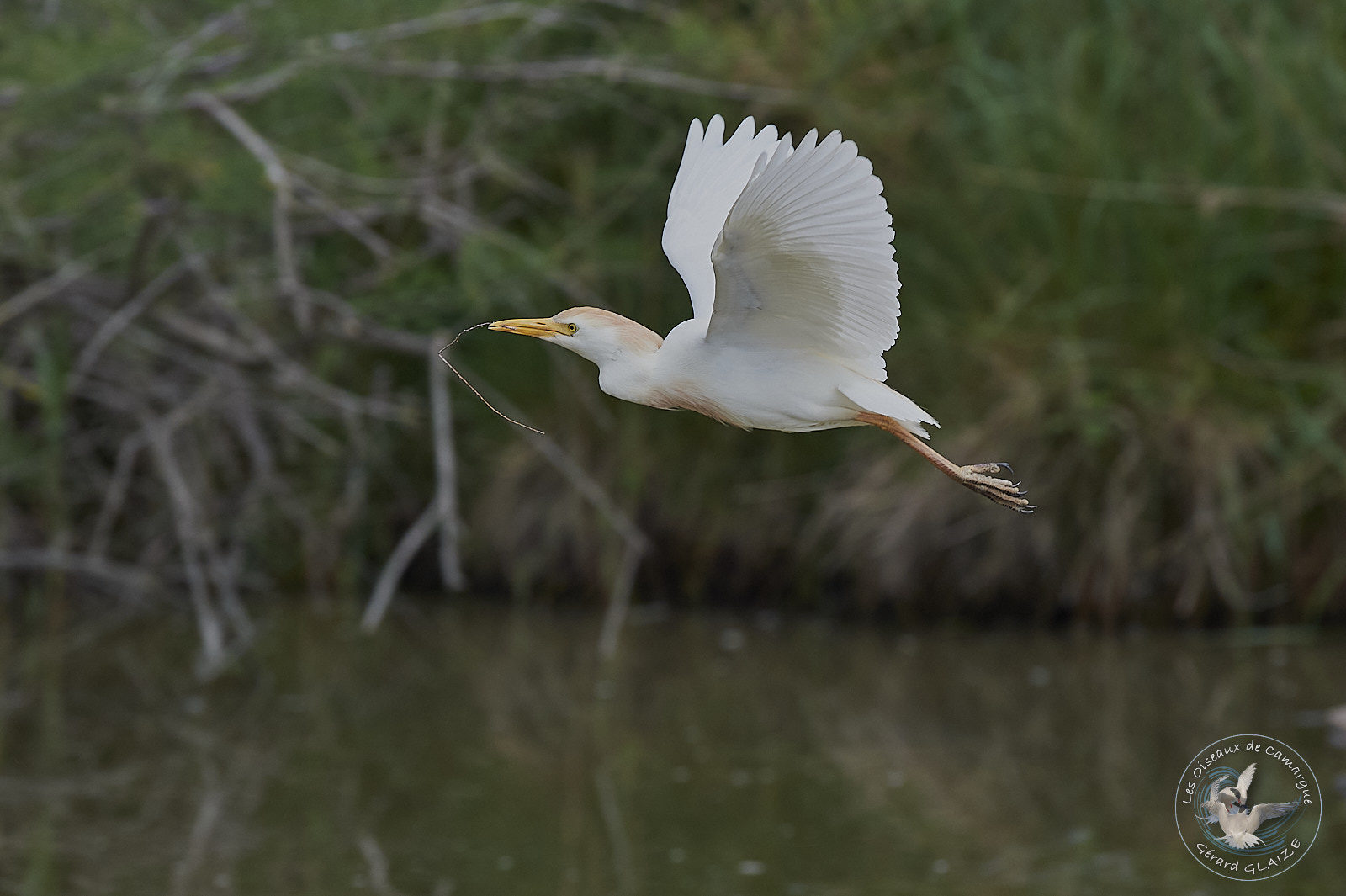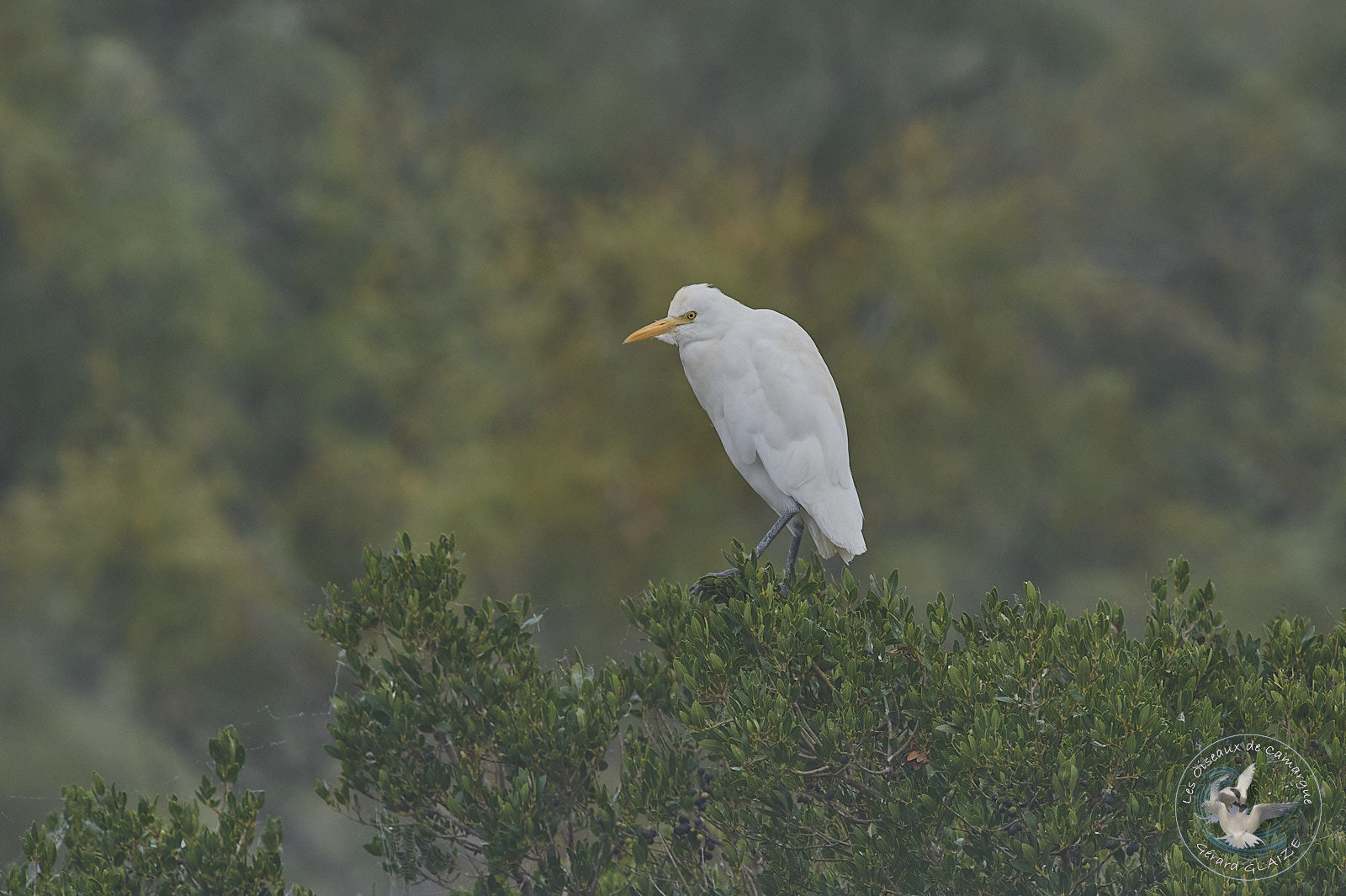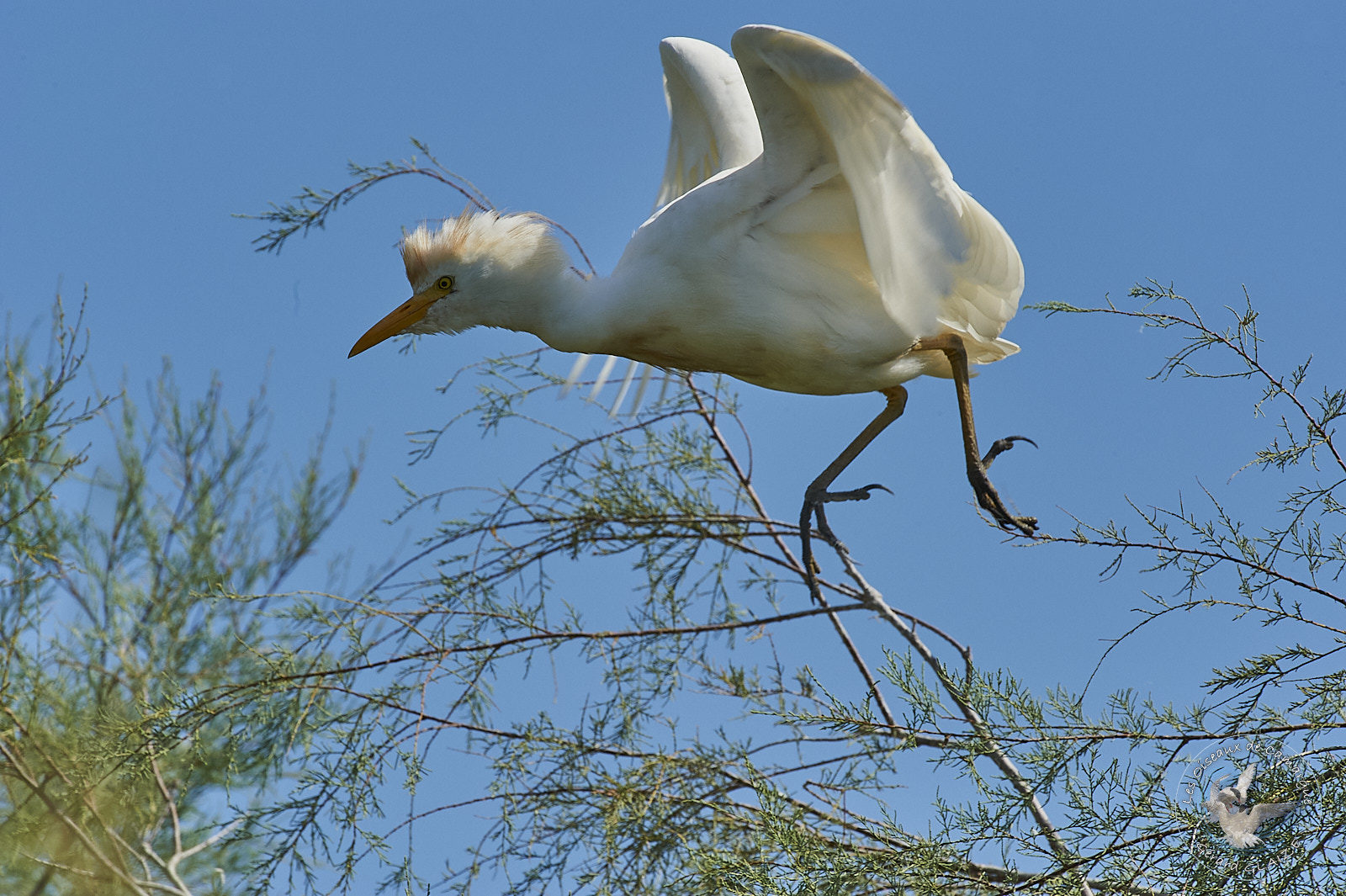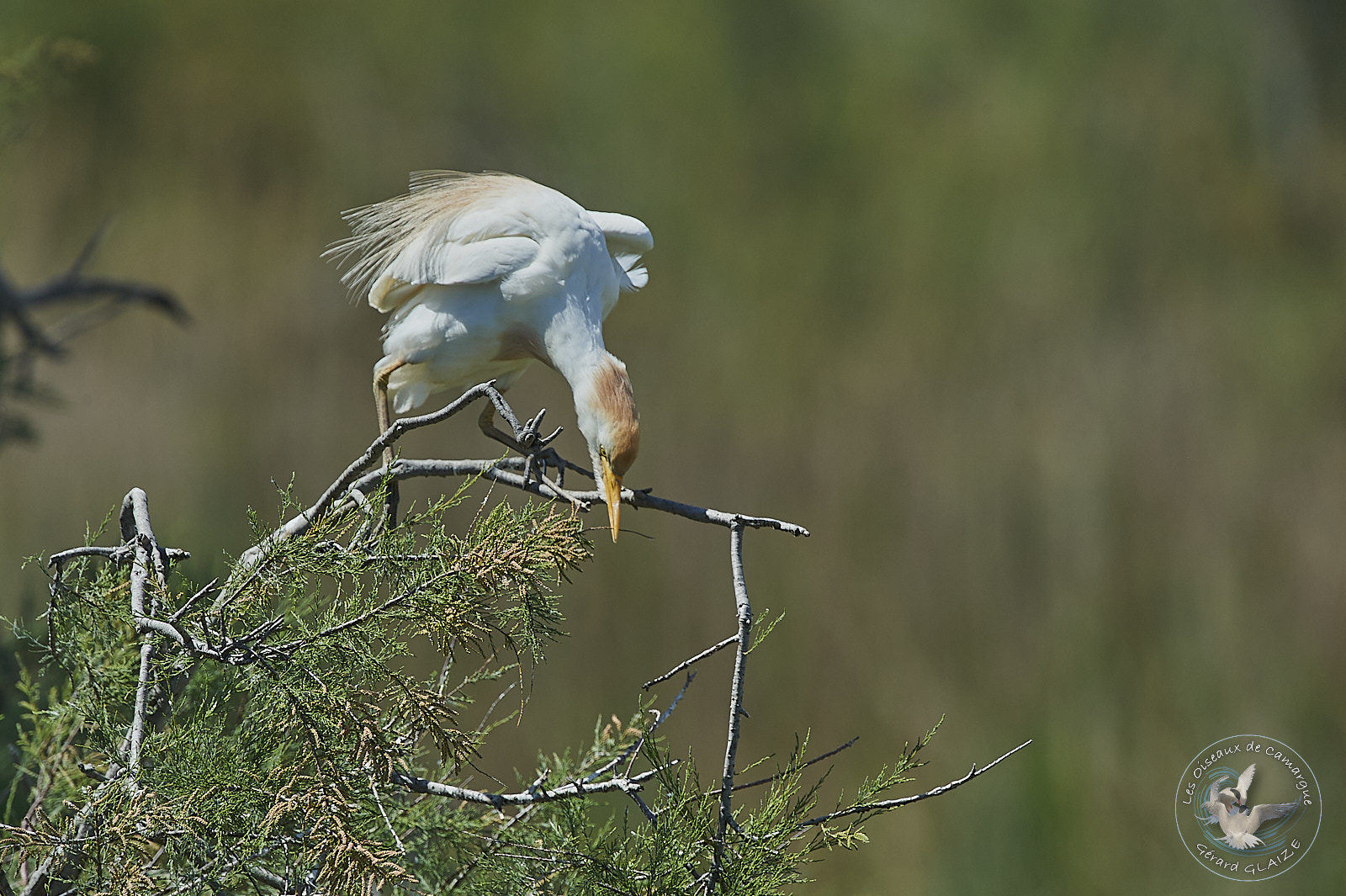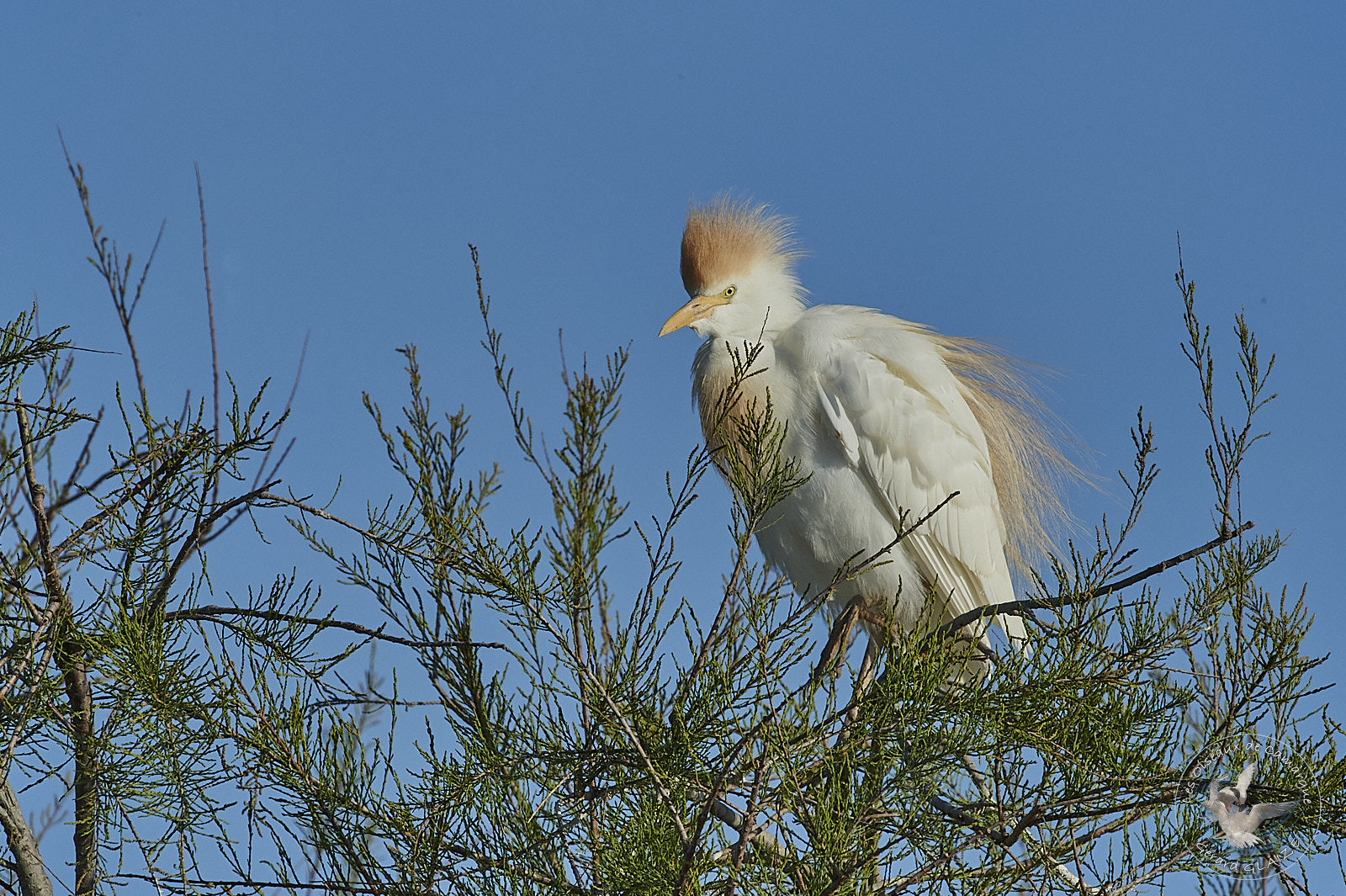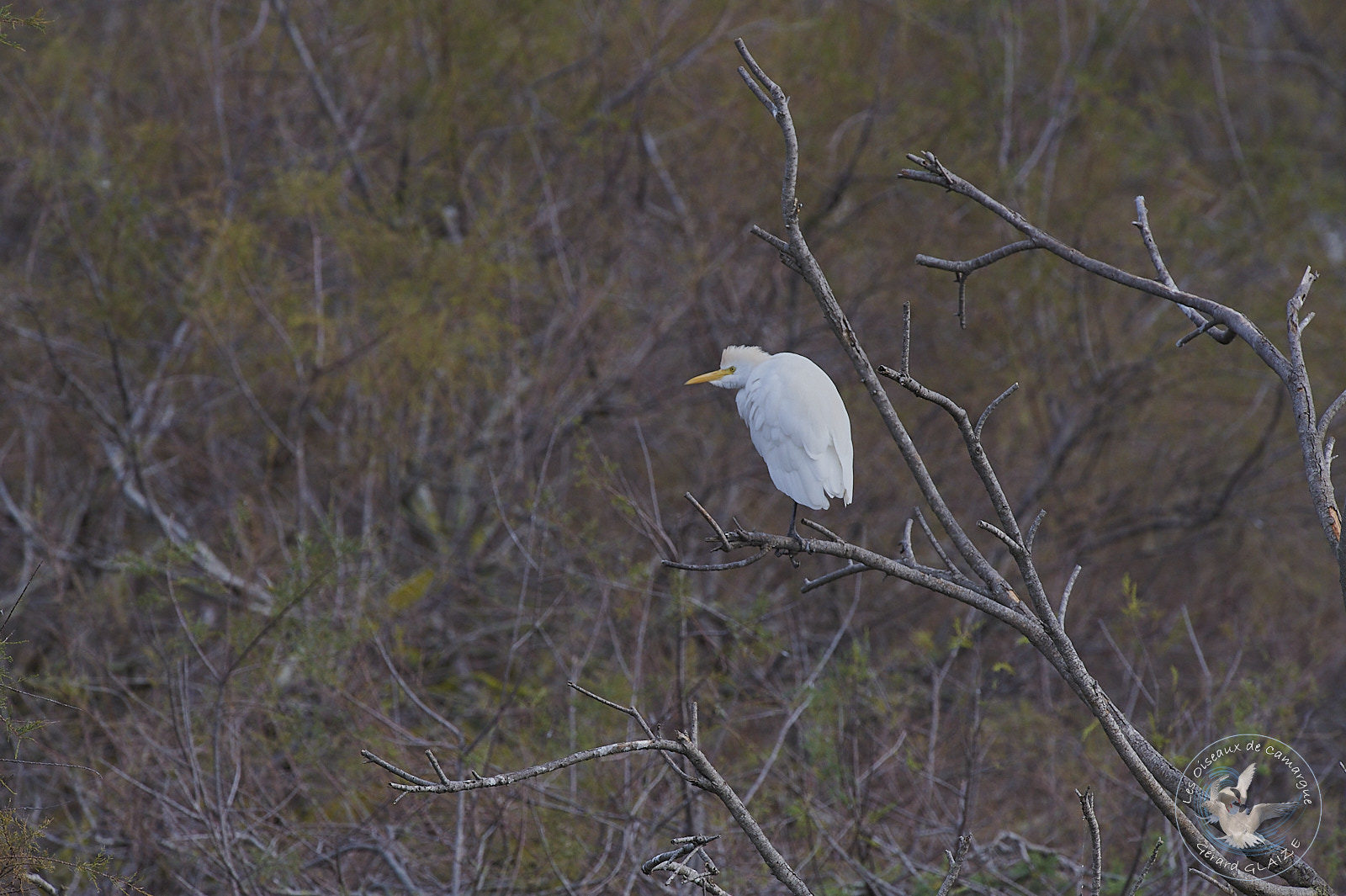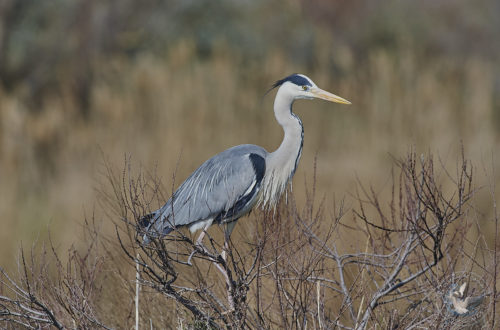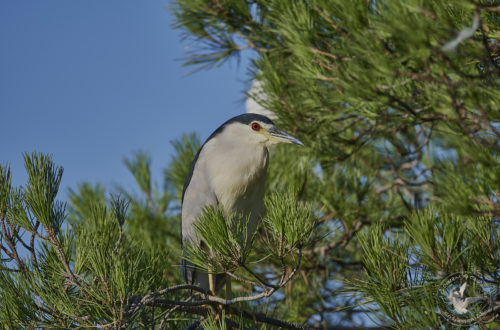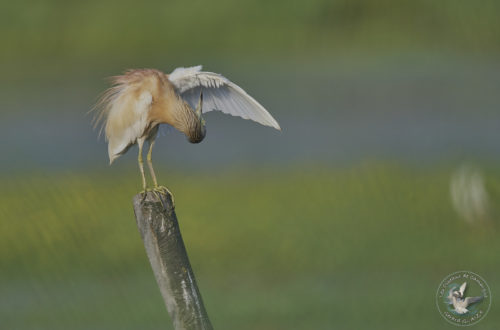Western Cattle Egret
This little white heron owes its name to the fact that it likes to stay near livestock. It takes advantage of the latter’s presence by feeding on frightened insects. It can be recognized by its rather stocky silhouette, its rather short beak and the distinct bulge of feathers under it. The cattle egret differs from other herons by its massive silhouette and short beak.
Western Cattle Egret
Scientific name : Bubulcus ibis
Family : Ardeidae
Length: from 46 cm to 52 cm – Wingspan: from 82 cm to 95 cm
Weight : from 340 gr to 390 gr
IUCN Conservation Status: LC
Flight
The Cattle Egret’s flight is rapid. Like other herons, it flies with retracted neck and head and legs extended beyond the tip of the tail. It has a direct flight with rapid wingbeats.
Habitat
It is a wading bird often living near fresh water. Unlike other herons, the Cattle Egret is not exclusively linked to the aquatic environment. It also frequents crops and dry meadows. It is thus frequently found in the Camargue among bulls. Although water and wetlands continue to play an important role in its way of life, it can be found in steppes and grasslands as well.
Regime – Diet
Its diet is mainly insectivorous. It is often found in the company of livestock on which it perches to rid it of its parasites. The cattle egret is a popular bird among livestock farmers, particularly for its beneficial role on large animals. It is perceived as a biological control agent against livestock parasites such as ticks and flies. However, insects do not represent its exclusive menu. It also includes small vertebrates. It captures these by walking slowly near herds, large mammals or agricultural machinery.
Nesting
During the nesting period, the white plumage of the adult is enhanced by a deep orange-buff tint on the crown, chest and mantle. At the beginning of this season, the beak, lores and irises turn from yellow to red, the legs from dark greenish to dull red then to yellow.
The Western Cattle Egret is a gregarious bird that nests in small trees in colonies. These can gather thousands of Cattle Egrets. One parent protects the nest, while the other searches for food.
The female lays 4 to 5 greenish-blue eggs which are incubated alternately by the male and the female for 22 to 26 days. The young are altricial and fledge after about 30 days.
Protection
The Western Cattle Egret is common and widespread in its range. The species is considered to be of least concern.
Cry
The Western Cattle Egret is usually silent outside the breeding season. We can sometimes hear a quiet, discordant and hoarse croaking “ruk”.
Other Links
- You can see the article from my site “Birds of Camargue” for more information on the Camargue and the Birds.


